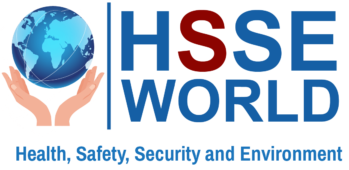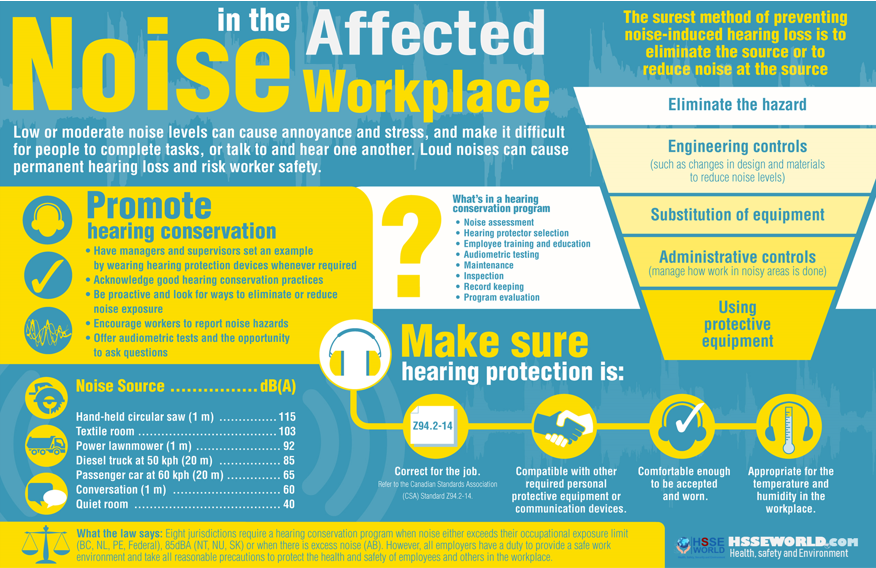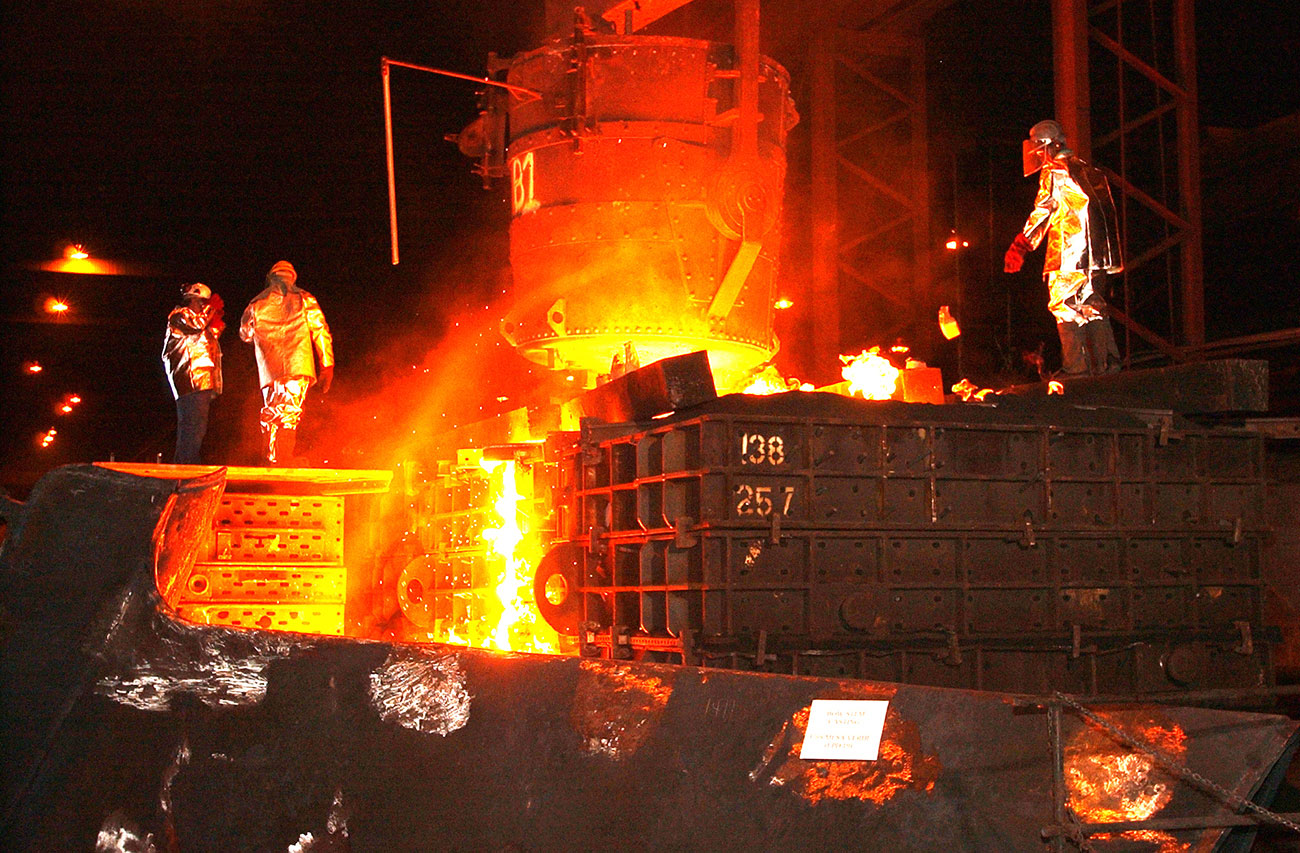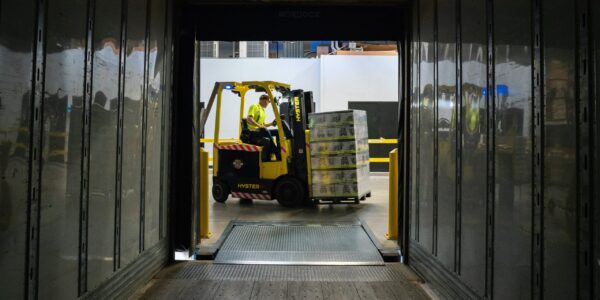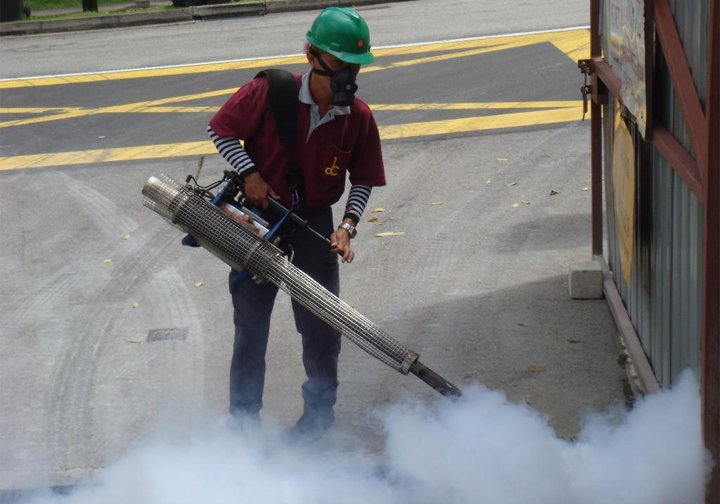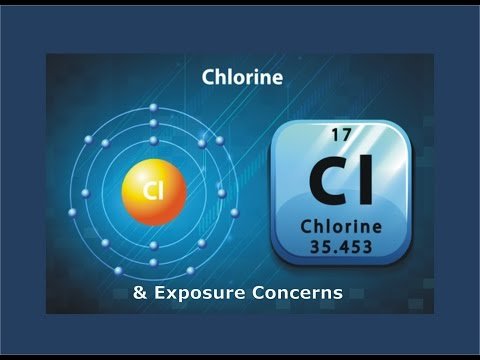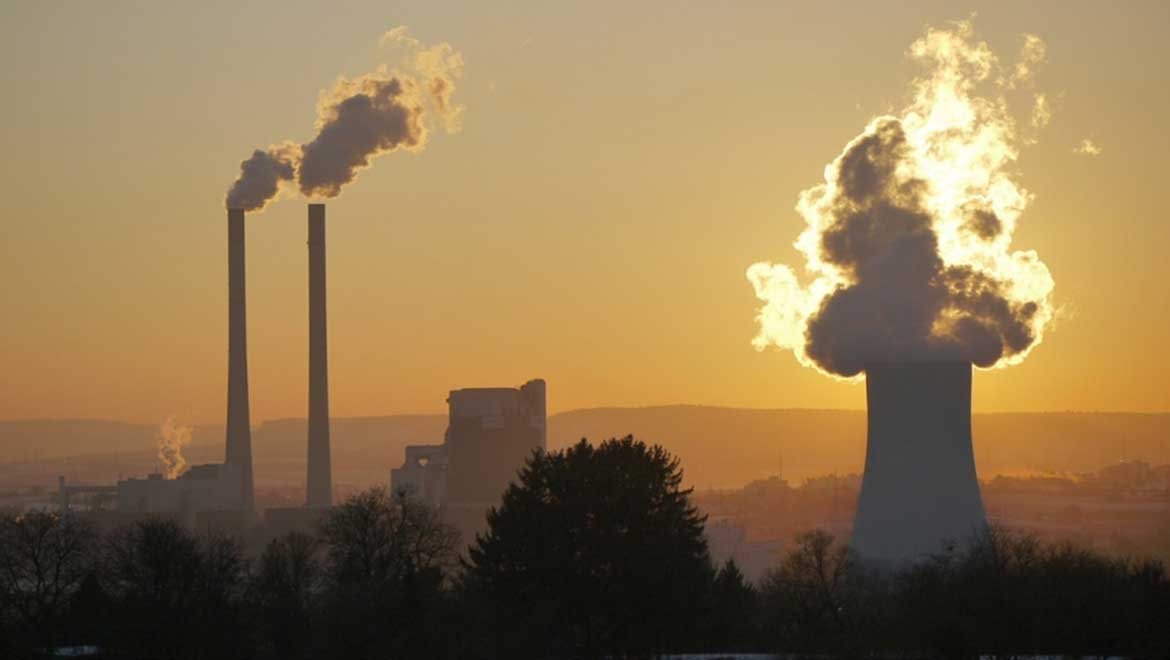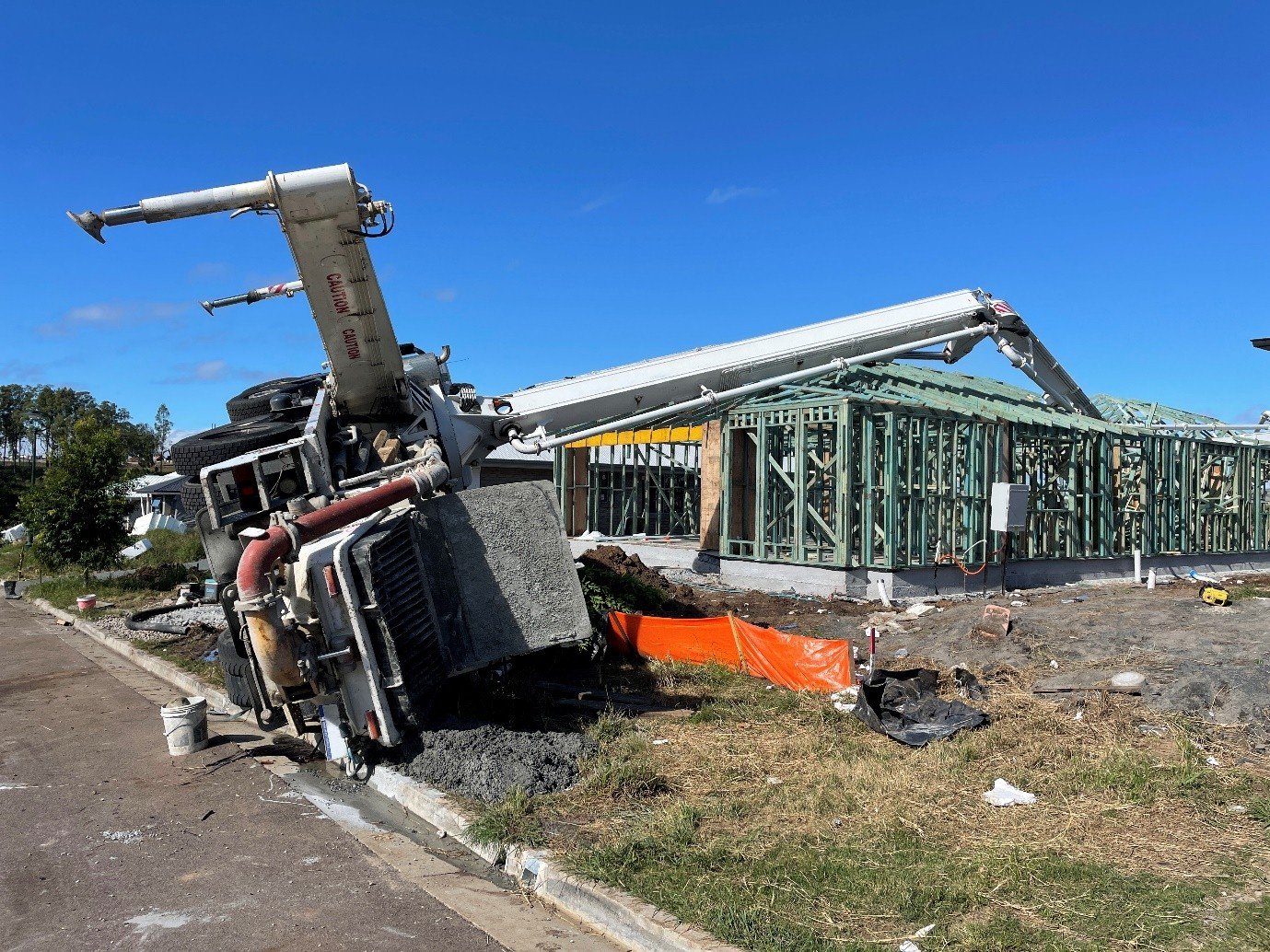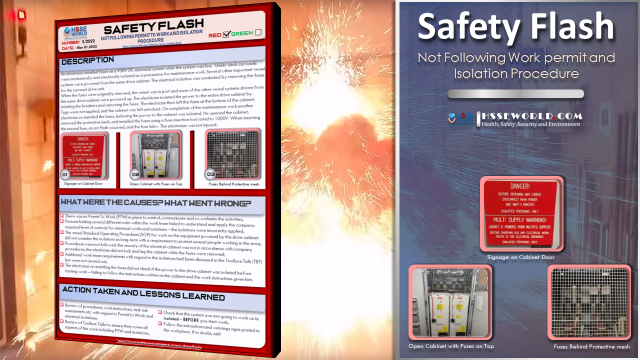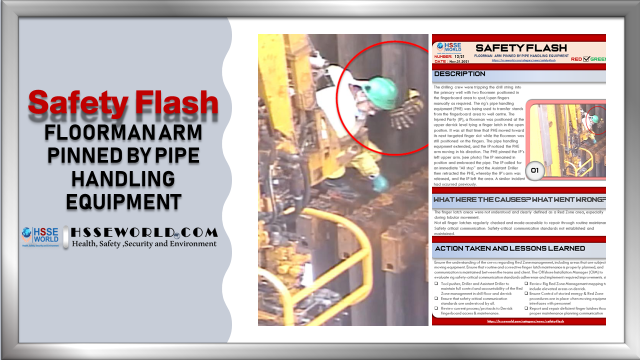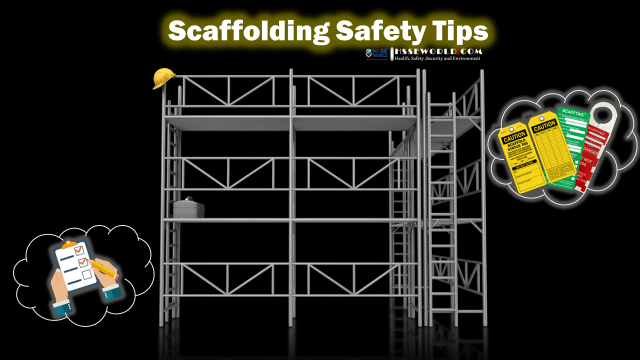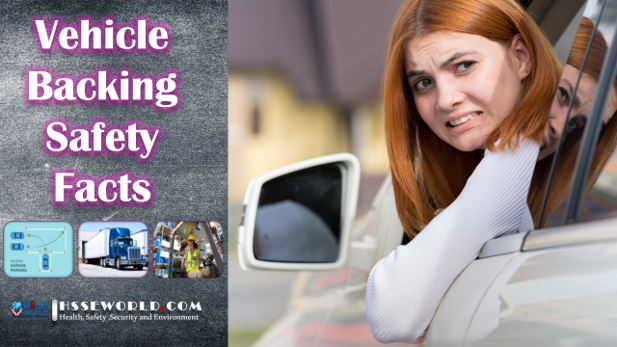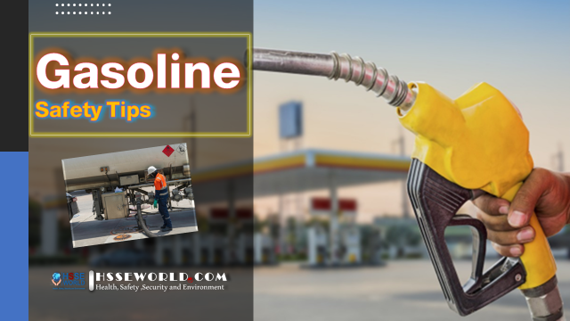Photo of the day: Noise in the affected workplace
One of the most common health hazards in the workplace, noise can have serious impacts on our health, safety, and well-being. Noise can be annoying and disruptive, risk our safety if signals, speech, and machinery can’t be heard, and even…
Workplace Incidents and the Role of Heat
Whether they’re working under the searing sun or near processes and machinery that are blasting heat, some roles expose workers to extreme temperatures. Safety professionals need to understand how heat contributes to unsafe conditions and what to do about it…
Forklift Maintenance Tips
With 85 forklift fatalities and 34,900 serious injuries each year, there’s no question that forklifts are a workplace hazard that needs serious attention. But keeping forklifts running well means maintaining them – and that’s a dangerous job in and of…
3 Ways to Manage Carbon Monoxide Risks at Loading Docks
From 1999 to 2015, there were about 7,393 deaths from unintentional carbon monoxide (CO) poisoning in the United States. It’s often referred to as the silent killer – and for good reason. Since it’s colorless and odorless, carbon monoxide is impossible to detect…
How to Conduct a Risk Assessment
A risk assessment is a series or set of processes used to identify potential health and safety hazards, analyze and evaluate the associated risks, and determine appropriate ways to eliminate or control those risks (hazard Control ). It involves taking a…
Pesticides & fumigants Exposure
[vc_row][vc_column][vc_column_text]Pesticides and fumigants can cause mild or severe poisoning. Long-term exposure to them can cause cancer. Workers most commonly absorb pesticides and fumigants through their skin. The chemicals can also be breathed in or swallowed.[/vc_column_text][/vc_column][/vc_row][vc_row xt_row_type=”in-container” xt_border_top=”0″ xt_pattern_opacity=”100″ css=”.vc_custom_1558972282663{margin: 0px…
Chlorine Exposure
[vc_row][vc_column][vc_column_text]Chlorine is a powerful disinfectant and bleaching agent. In both gas and liquid forms it is toxic and extremely dangerous. Exposure can result in death. Workers should take every precaution when working with or around chlorine.[/vc_column_text][/vc_column][/vc_row][vc_row xt_row_type=”in-container” xt_border_top=”0″ xt_pattern_opacity=”100″ css=”.vc_custom_1558972282663{margin:…
Hydrogen sulfide H2S
[vc_row][vc_column][vc_column_text] Hydrogen sulfide is a dangerous toxic gas found in many industries. At low concentrations it causes health problems. At high concentrations it can be lethal. It smells like rotten eggs, but can numb the sense of smell so quickly…
Carbon dioxide
[vc_row][vc_column][vc_column_text] Carbon dioxide becomes toxic when there is too much of it. This is especially true in confined areas. Excess carbon dioxide will also displace oxygen in the air and can asphyxiate workers. Proper ventilation is essential to reduce the…
Abrasive blasting: Know the hazards -Safety Moment #7
[vc_row xt_row_type=”in-container” xt_border_top=”0″ xt_pattern_opacity=”100″ css=”.vc_custom_1492506885226{margin: 2px !important;padding: 1px !important;}”][vc_column css=”.vc_custom_1492503653707{padding: 4px !important;}”][vc_column_text]Abrasive blasting, which uses compressed air or water to clean surfaces, apply a texture, or prepare a surface for paint or other coatings, can be harmful to workers if…
